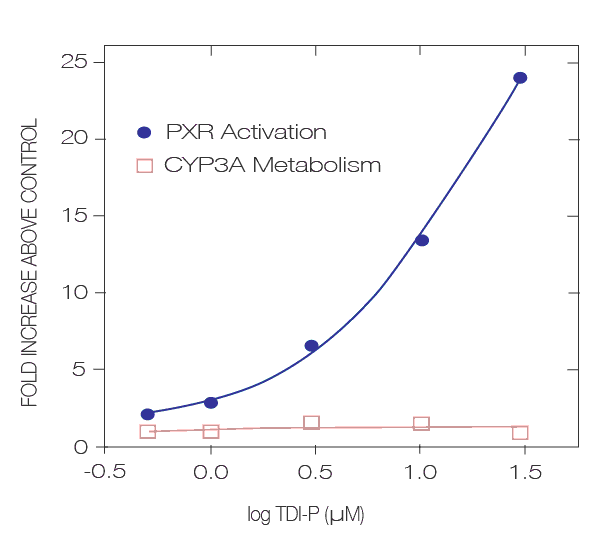Research is never easy. That’s why we either like doing it or supporting it.
That said, it’s easier for some researchers than others. If you are working on human, mouse or even rat models, you have quite a wide variety of tools available. Even if you work on zebrafish, at least, you have some validated zebra antibodies, guaranteed to work for your animal model.
What if you are working on other “exotic” animal models? Not by choice, but because they are really the relevant models for your research. Let’s take some examples.
Case #1 – my animals are not models… they are patients
Let’s take an example. You are studying inflammatory diseases in pets or cattle. Alternatively, you might be studying tissue regeneration in race horses. In this case, we are not talking about experimental animal models. They are the “patients” here.
Don’t worry. Apart from the “classical” techniques (such as antibodies, ELISAs, etc), you also have some new tools to explore and look for new biomarkers. There are antibody arrays available for feline, canine, equine and bovine allowing to quantify inflammatory factors in different types of samples.
Case #2 – they are the relevant models
In some cases, you wish you could work with mouse or rat models, but that’s just not possible. Because the relevant models for the disease or process you are studying are different, and in fact are the ones showing more similarity with humans for that specific case.
Rabbits, for example, are sometimes the preferred model for laboratories working on Odontology or Ophtalmology. Swine is the ideal model for any project related to Experimental Surgery. Non-human primates are also used for late preclinical stages of research.
In these cases, as in case #1, there are classical technologies available, as well as other solutions to allow you to be in the forefront of research, especially in the inflammatory field, for swine, rabbits and non-human primates.
Case #3 – “very” exotic species
Sometimes “very” exotic species are requested, including polar bears and elephants. These projects are usually related to endangered species.
In this case, there aren’t so many tools on the market, if any. However, one can adapt existing solutions for studies in very exotic species.
For example, you can perform a study on secretome biomarkers by using tools aimed at humans. There is one antibody array allowing to identify up to 1,000 secretome biomarkers. The method is based on single-antibody detection. Though the antibodies are specific for human, they might have cross-reactivity with other exotic species.
Therefore, one can run a test sample vs. a control sample using this array, and see the differences. The obtained biomarkers cannot be taken as absolute values. There might well be false positives or false negatives. So some validation is needed. But the validation will be focused on those biomarkers changing from one condition to another. And if custom antibodies need to be developed, it will be only for those biomarkers.
Let’s imagine such a case. In an experiment comparing two sets of samples from, say, polar bears, we see that MCP-1, IL-6 and IL-10 are the markers changing between the test, disease condition and the control one. We will then raise antibodies specific to polar bear MCP-1, IL-6 and IL-10, and validate, with a larger number of samples, the results obtained. This way, you will not only give a statistical value to your profiling results, but also prove that the results you obtained are real results, and not coming out of false-positive or false-negative patterns.
Share your comments with us!



